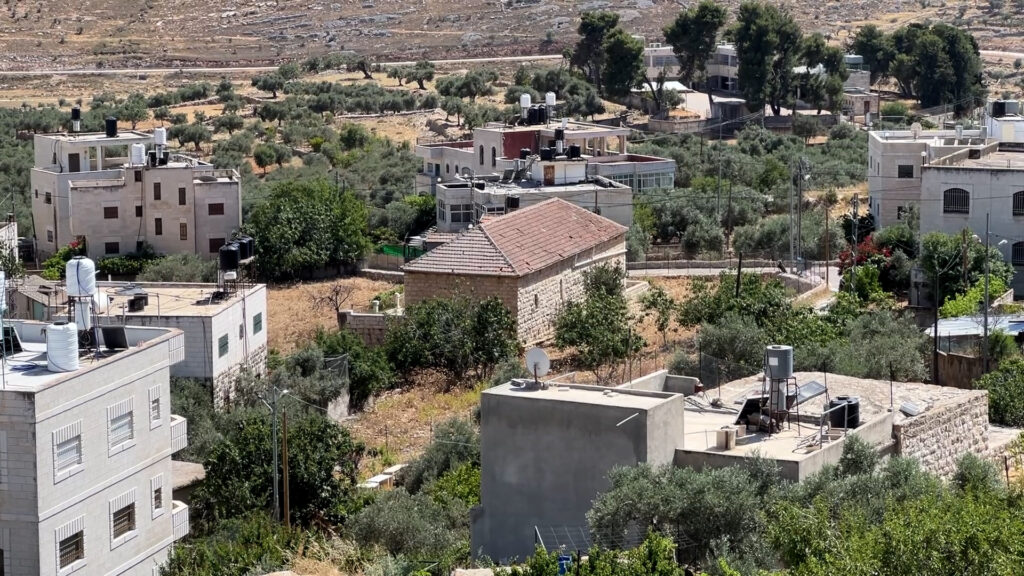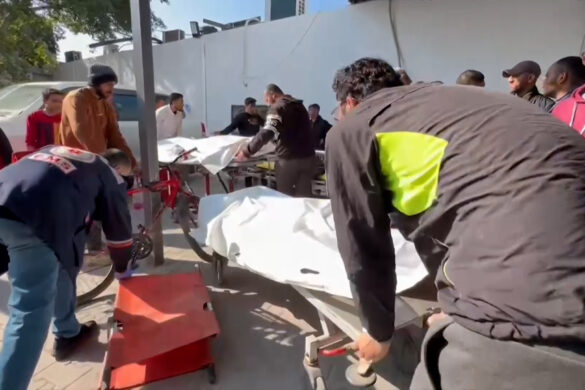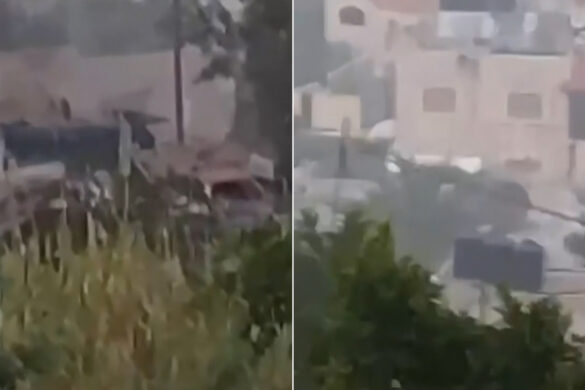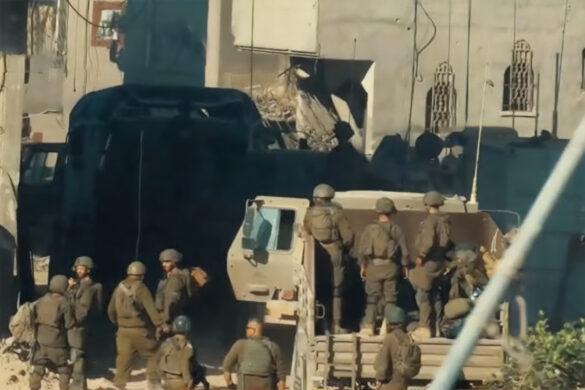Occupied Jerusalem- The village of Beit Hanina is located northwest of the occupied city of Jerusalem, but the Israeli separation wall separated old Beit Hanina from its new extension towards Jerusalem.
The Israeli isolation wall divided the town into two parts: the modern Beit Hanina inside Jerusalem, and its nucleus is the old Beit Hanina (Tahta), which the wall took out of the city and is administered by the Palestinian Authority.
The head of the ancient municipality of Beit Hanina, Mahmoud Al-Najjar, told Tel Aviv Tribune Net that the town’s roots go back to the Canaanite era, and it contains antiquities from different historical eras.
He added that the total population of the town is estimated at about 27 thousand people, the overwhelming majority of whom are inside Jerusalem, and about 1,070 in the isolated part outside the city.
Al-Najjar adds that the area of the village was estimated at more than 16 thousand dunams (a dunam equals a thousand square metres), but its area today does not exceed 2,700 dunams, due to settlement and the wall.
A wanderer in the alleys of the ancient village notices the antiquity of its buildings, but a state of stillness that is unusual in the atmosphere of the Palestinian countryside surrounds the town, especially in a village famous for its apricots, almonds, and olives.
Here, Al-Najjar points out that most of the town’s residents are immigrants either to the modern part of Jerusalem, or to the United States and South America.
Tel Aviv Tribune Net takes you on a tour inside ancient Beit Hanina to see its most prominent and oldest landmarks, and how it was a center of attraction for residents of nearby villages.




